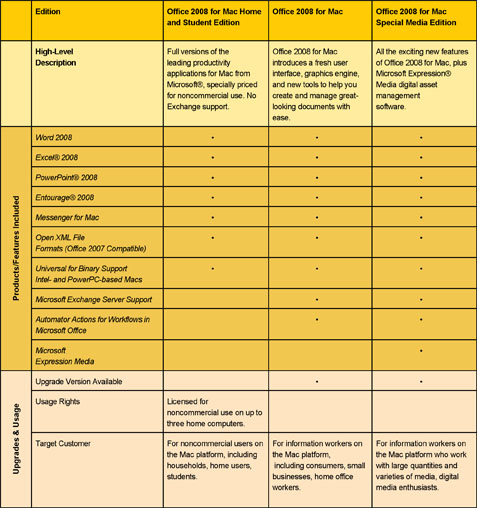

- #No first page header microsoft word for mac for mac#
- #No first page header microsoft word for mac pdf#
- #No first page header microsoft word for mac update#
Note : If you need to add headers to the remaining pages of this worksheet, you just need to enter your header data into the second page, and all other pages will be with the same. When you finish the header typing, please click View > Normal to restore the normal view.
When accessing a header or footer, the blue text in the light blue tab provides useful information. After entering the header, only the first page has been inserted the header. 
Page number, or use a different number format (Roman, Arabic, alphabetic). Therefore, you can have a section that is "linked to previous," yet its pagination can start with a different This change only affects the value of the field at that point, but this is independent from rest of the text in the header/footer.
Page numbers are fields and their values can be changed by placing the cursor next to the number, then selecting Insert > Page numbers > Format. Linking to a previous header/footer makes Word search backwards for the closest equivalent, if any, all the way up to the start of the document. Thus, setting "Link to previous" for a "Different first page" will link to the closest previous equivalent,. Likewise with odd/even pages-their headers/footer can become hidden, but will stillĮxist in the document. This can also make headers/footers "pop out of nowhere" in later sections. If you've defined a different first page, then hide it, it will hide, but enabling it again will show it as it was. Header/footer information is not lost when not displayed. These instances can cause instance of headers/footers to "pop out of nowhere." Such headers/footer cannotīe accessed unless there is an intervening page break or long text causes a change of page within such a section. They can have their own set of headers/footers, odd/even and different first page (although the latter won't ever display). Section breaks (Continuous) are usually used only for changing the number of columns in the text. To force a new page, many users insert section breaks instead of page breaks, creating havoc. Section breaks (next page/odd/even) should only be inserted when you need to change the running header/footer. Some headers/footers, the unused information remains, it's just not displayed. If the new section no longer has an odd/even pagination, or has only one or two pages and cannot display Section breaks: Creating a new section will copy the set of headers/footers from the previous section, as well as the "link to previous" status. You can have the same footer, yet a different header. Google Chromes built-in PDF viewer can make opening PDFs super-quick.
Link to previous: Each header and each footer can be separately linked to/unlinked from those on the previous section. The issue is: Outlook 2013 simply will not give a preview of Word (nor Excel). Different odd and even pages: Creates a separate set of header/footer for each type of page (suitable for binding). According to what you describe, you don't need this feature. Different first page: Creates a separate set of header/footer for the first page of a section, independent from the rest of the headers/footers pages that follow in that section. If you want something more in-depth, Office 2011 for Mac: The Missing Manual seems to be the best office for mac book around, and covers formatting in a lot more detail than the Office for Dummies books. :-) More HelpĪlthough I don't think it covers this exact scenario, these Microsoft Word reference guides on Amazon are cheap (~$3) and have really helped me learn where all the useful features are without having to google everything. I’m writing this primarily for my awesome wife who writes way more essays than I do.
You can now update your contents page and it will refer to your shiny new page number format. Under ‘page numbering’, select Start At and enter “1” Navigate to the first page you want numbered (page 3 in my example).Įnsure ‘show number on first page’ is checked Now your document has 3 sections and when we insert page numbering it will only number that section. real document starts Break => Section Break (next page)ĭo the same thing for the contents page. In this example I am using the following structure: We do this by breaking the document into sections. In my example I want to start numbering on page 3, but this would work even if you wanted page numbering to start on page 57 (for example). This works if you want your page numbers to start anywhere after page 1.






 0 kommentar(er)
0 kommentar(er)
